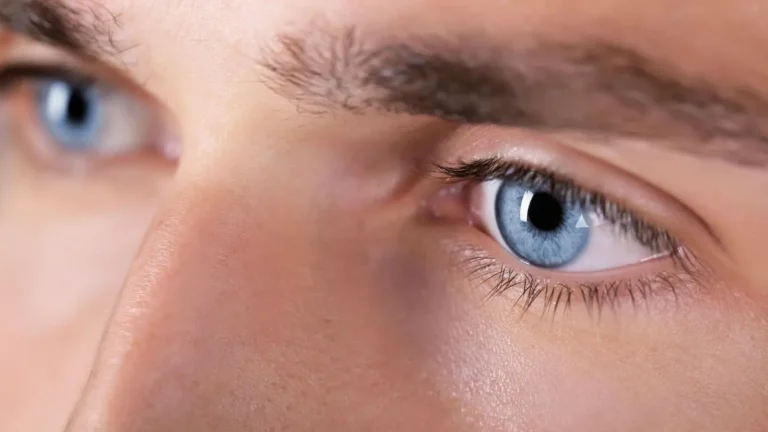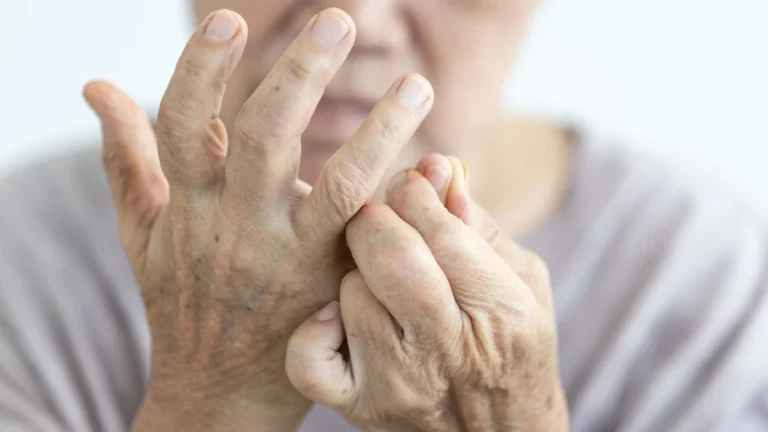High Blood Pressure and Headaches Behind Eyes: A Silent Danger
Ever had one of those throbbing headaches right behind your eyes that just won’t quit—and it’s not from staring at a screen all day or missing your morning coffee? I’ve seen it time and time again in my practice as an internal medicine physician: folks walking in with that exact complaint, only to discover it’s more than just a tension headache. Believe it or not, high blood pressure and headaches behind eyes are often more connected than most people realize. And while not every ache behind your eyes spells trouble, chronic or unexplained pressure headaches like these can be your body’s subtle cry for help.
Why Does High Blood Pressure Cause Pain Behind the Eyes?
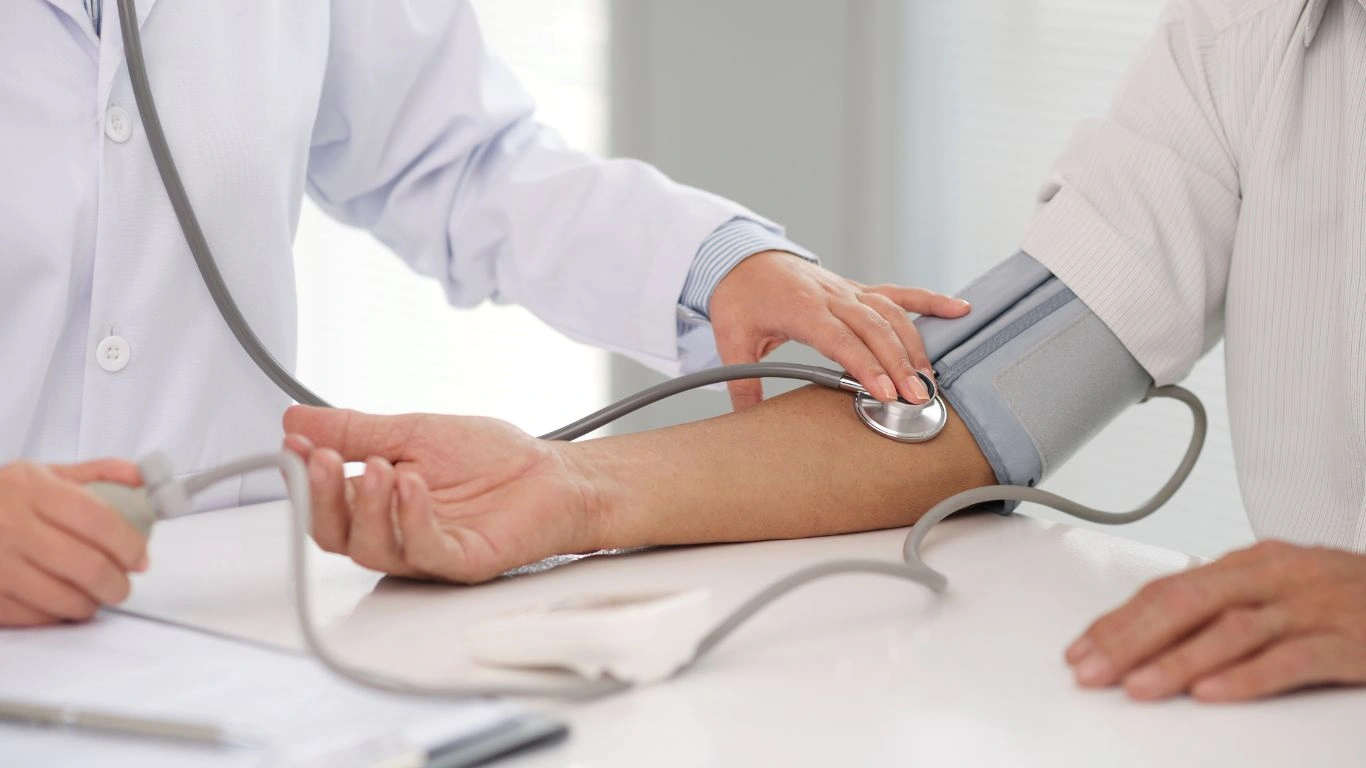
When someone comes into the clinic complaining about persistent eye-area pain, one of my first thoughts is to check their blood pressure. Why? Because elevated blood pressure, especially when it goes unnoticed for too long, can affect the small vessels behind your eyes and around your brain. This pressure doesn’t just stay in the arteries of your arms or legs—it travels up into those delicate vessels in your head, including the ones around your eyes.
Here’s a little breakdown of what’s going on:
- Elevated intraocular pressure: High blood pressure can influence the pressure in your eye sockets, leading to discomfort or pain behind the eyes.
- Blood vessel strain: Tiny vessels in the brain and behind the eyes become stressed, which can lead to headaches or even visual disturbances.
- Inflammation and oxygen mismatch: In some people, chronic high blood pressure can reduce the oxygen delivery to the optic nerve and surrounding tissues, causing a heavy, aching sensation.
In some patients, I’ve seen this sort of pain actually present before their hypertension was ever diagnosed. It’s kind of the body’s early warning system—subtle but significant if you’re paying attention.
How to Tell if It’s More Than Just a Headache

What Makes These Headaches Different?
To be clear, not all headaches behind the eyes mean you’ve got hypertension. But as someone who’s helped manage hundreds of patients with blood pressure issues, there are some red flags I always watch for:
- Timing: Headaches that hit in the morning (before coffee or stress) are more suspicious.
- Location: Pain focused directly behind the eyes or in the occipital area (back of the head) could suggest a vascular cause.
- Visual issues: Blurred vision, seeing spots, or light sensitivity? That’s your cue to take it seriously.
- Persistent pressure: If the discomfort doesn’t let up or worsens with activity or stress, don’t ignore it.
From my clinical perspective, the most concerning headaches are the ones that feel like pressure building inside the skull or those that seem to “pulse” with your heartbeat. It’s a sign your blood vessels might be under some real stress.
Who’s Most at Risk for Hypertension-Linked Headaches?
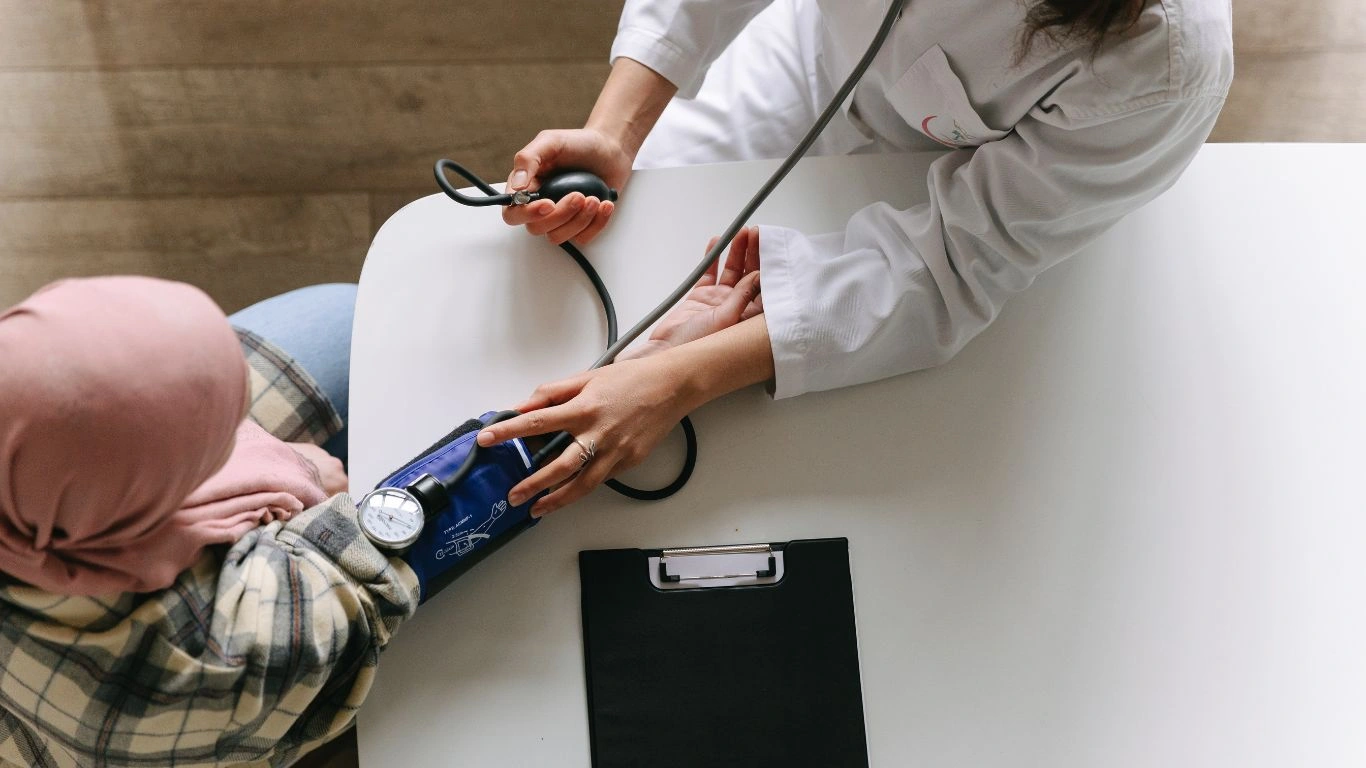
We all like to think we’re invincible—until the numbers on the BP cuff tell us otherwise. I’ve had marathon runners and health-conscious patients show up with hypertensive headaches, shocked to learn they’re dealing with uncontrolled blood pressure. But while it can happen to anyone, there are definitely patterns I see more often than not:
- People over 40: Especially if there’s a family history of high blood pressure.
- Chronic stress sufferers: That constant fight-or-flight mode does a number on your cardiovascular system.
- Smokers and heavy caffeine drinkers: Both can spike pressure and exacerbate vascular tension.
- Folks skipping their meds: You’d be surprised how often this one shows up in my exam room.
One of my long-time patients, let’s call her Lila, came in with a tight, band-like headache behind her eyes that she’d been brushing off as work stress. Her BP? 168/104. We got her started on a new med regimen, and within two weeks—not only were her numbers better, but those eye headaches? Gone.
Is It Dangerous to Ignore These Symptoms?
Short answer? Yes. And I don’t say that to scare anyone—just being real here. If your body is signaling pressure through consistent headaches behind the eyes, it’s doing you a favor. The danger lies in brushing it off. Ignoring early warning signs like these can set the stage for:
- Retinal damage (hypertensive retinopathy)
- Stroke risk (especially hemorrhagic strokes)
- Optic nerve damage and vision loss
But here’s the good news: these risks are manageable—if you catch the problem early. And that’s exactly why it’s worth paying attention when your head (and eyes) start telling you something’s off.
How High Blood Pressure Sneaks Up on You

The tricky thing about high blood pressure? It doesn’t always wave a red flag. It’s the classic “silent killer” for a reason. Most people don’t realize anything’s wrong until symptoms like headaches behind the eyes, fatigue, or dizziness creep in—and by then, their numbers may already be off the charts.
It reminds me of a patient named Carlos—mid-50s, looked like he could run a 10K without breaking a sweat. No major health complaints except the occasional pounding behind his eyes and a few dizzy spells in the morning. Turns out, his BP was regularly hovering around 180/110. No meds, no clue. He chalked everything up to job stress and “getting older.” We got him on a plan, adjusted his diet, and within a few months, his headaches were history—and so was that dangerous BP.
Moral of the story? Don’t wait for something dramatic. That annoying pressure behind your eyes might be your only clue.
Blood Pressure Numbers: What’s Normal, What’s Not?

When I’m educating patients, I always emphasize knowing your numbers. It’s one of the most empowering things you can do for your health. If you’re wondering where your BP should be, here’s a quick reference:
- Normal: Less than 120/80 mmHg
- Elevated: 120–129/and less than 80 mmHg
- Stage 1 Hypertension: 130–139 systolic or 80–89 diastolic
- Stage 2 Hypertension: 140+ systolic or 90+ diastolic
- Hypertensive Crisis: 180+/120+ — this is an emergency
And yes, I’ve had patients hit that crisis number with nothing more than a strong headache and a sense of eye pressure. That’s how subtle (and scary) it can be.
Managing the Headaches Without Just Reaching for Painkillers
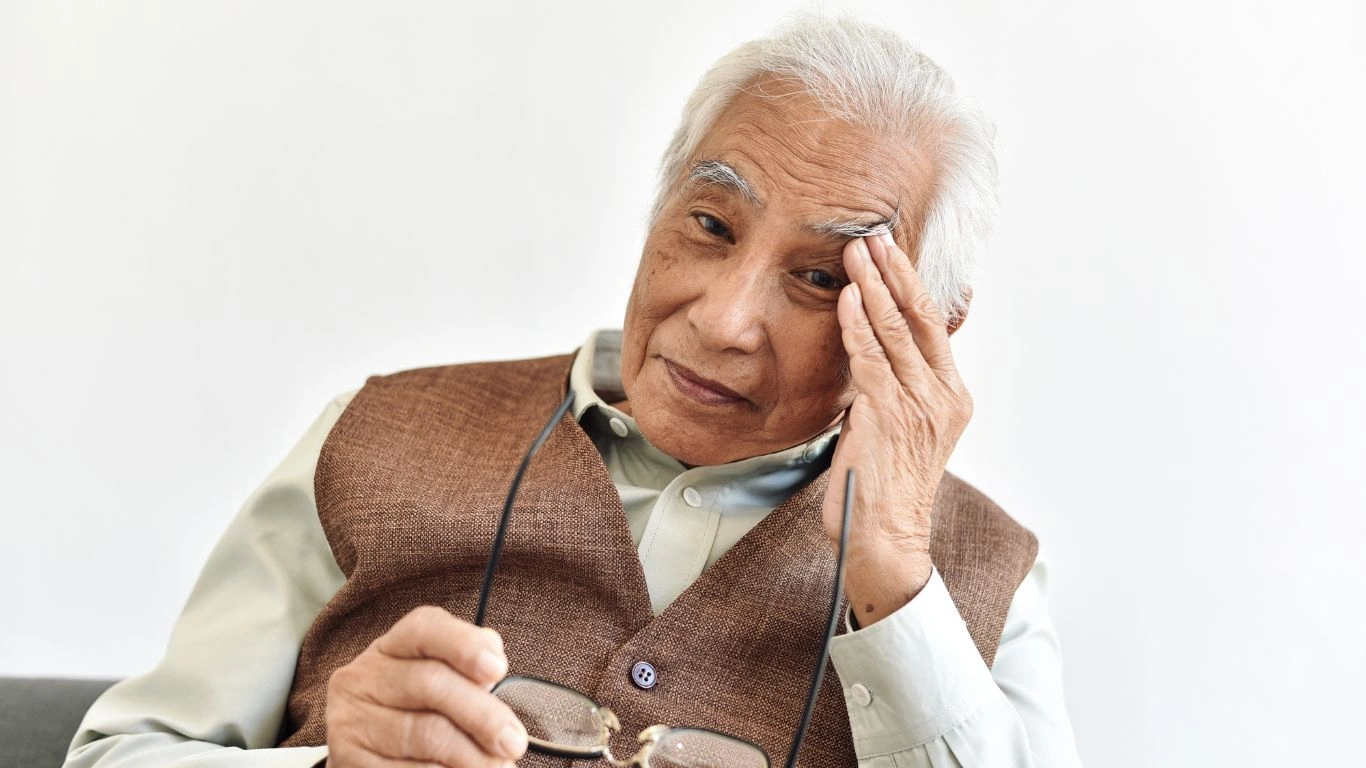
I get it. You’ve got a headache, especially behind the eyes, and your first instinct is to pop some ibuprofen or acetaminophen and move on. But here’s the deal—if high blood pressure and headaches behind eyes are linked in your case, you’re not fixing the root issue with painkillers. You’re just quieting the alarm.
Better Options That Actually Target the Cause:
- Start monitoring your BP at home: Get a reliable cuff and track your numbers—morning and evening—for at least a week.
- Watch for patterns: Are your headaches worse on high-BP days? That correlation is powerful data to share with your doctor.
- Manage stress better: I know—easier said than done. But even a few minutes of daily breathing exercises, short walks, or journaling can help reduce stress-related spikes.
- Cut back on sodium and caffeine: Two common culprits that raise BP and contribute to those throbbing head-pounders.
- Review your medications: Some over-the-counter decongestants, NSAIDs, and even herbal supplements can push your blood pressure up.
Honestly, when I see a patient making even two or three of these changes consistently, the improvement is often dramatic—not just in their numbers, but in how they feel day to day.
When to Seek Help Immediately
Not to sound alarmist, but there are times when that eye-pain headache isn’t something to wait out. I always tell my patients: if you’re ever in doubt, it’s better to overreact than underreact.
Call your doctor or head to urgent care if you notice:
- Sudden, intense pain behind one or both eyes
- Changes in vision—blurring, flashing lights, or loss of sight
- Neck stiffness or difficulty speaking
- Chest pain or shortness of breath along with the headache
- A blood pressure reading over 180/120 mmHg
I had a patient who came in with what she thought was a migraine. She’d been dealing with on-and-off headaches behind her eyes for weeks, and figured it was hormones or dehydration. Her BP was 198/115—and she was showing signs of early hypertensive retinopathy. We admitted her on the spot. Thankfully, she recovered well, but it could’ve gone very differently if she’d waited another day or two.
Daily Habits That Help Break the Cycle
Let’s talk prevention—because this is where you take back control. The relationship between high blood pressure and headaches behind eyes doesn’t have to be your norm. With a few sustainable habits, you can reduce both the pressure and the pain.
- Stay hydrated: Dehydration contributes to both BP spikes and headaches.
- Eat potassium-rich foods: Bananas, sweet potatoes, avocados—they help balance sodium and support vessel health.
- Get quality sleep: Poor sleep = cortisol spikes = higher BP = morning headaches. It’s all connected.
- Move daily: Even 20–30 minutes of walking can drop your systolic BP and improve circulation to the brain.
These aren’t just generic tips—they’re the exact habits I’ve encouraged in countless patients over the years. When they stick with it, the difference in both their blood pressure readings and their comfort levels is honestly night and day.
How Long-Term High Blood Pressure Affects Your Brain and Eyes

One thing I always emphasize to patients is that high blood pressure isn’t just a heart issue—it’s a full-body issue. And your brain and eyes? They’re some of the first areas to feel the damage. Those persistent headaches behind the eyes are sometimes just the tip of the iceberg.
Let’s break it down. Chronically high BP damages the lining of your arteries—this includes the tiny, delicate vessels that feed your eyes and brain. Over time, that pressure can:
- Cause hypertensive retinopathy, which leads to vision changes or even blindness if ignored
- Increase your risk of transient ischemic attacks (TIAs)—aka mini strokes, which can manifest as sudden headaches or confusion
- Weaken vessel walls, making aneurysms or hemorrhages more likely
- Contribute to vascular dementia—cognitive decline caused by repeated small strokes or reduced blood flow to the brain
I’ve had patients come in convinced they had a sinus infection due to that familiar eye pressure and dull pain… but further tests showed early signs of retinopathy. That’s how subtle—and deceptive—this connection can be.
How I Help My Patients Break the Cycle
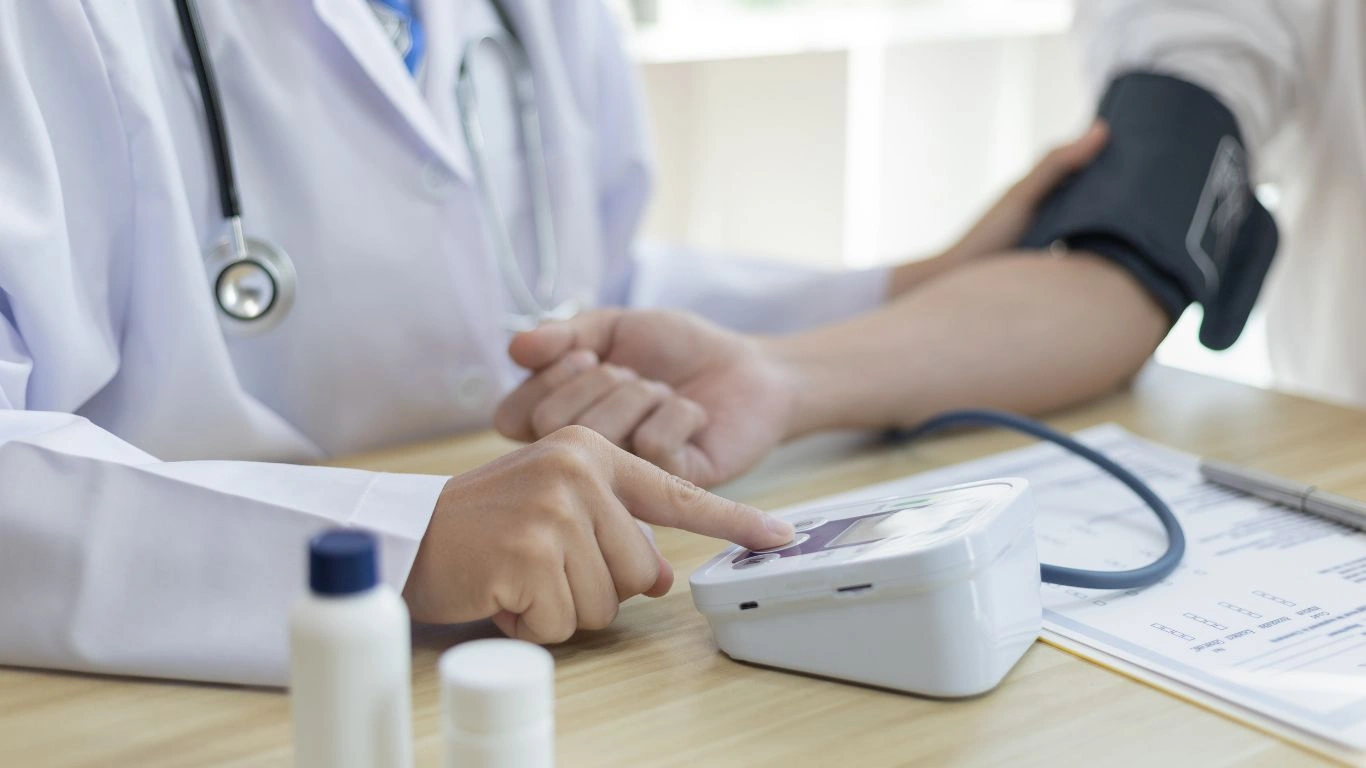
If there’s one thing I’ve learned in my years of managing hypertension, it’s that you can’t just throw a pill at it and call it a day. Blood pressure—and the headaches it may cause—require a layered, realistic approach. Here’s what I walk through with every patient dealing with this:
1. We Build a Customized Game Plan
Not everyone responds the same way to meds. Some people need beta-blockers; others do better on ACE inhibitors or ARBs. But it’s not just about prescriptions. We talk through daily routines, eating habits, stress levels—even sleep quality. I like to say, “Your lifestyle writes your prescription.”
2. We Prioritize Education Over Intimidation
Understanding the why behind the numbers changes the game. Once patients realize that high blood pressure and headaches behind eyes aren’t random or unrelated, they’re much more motivated to stay consistent. They don’t just want to avoid a heart attack—they want to keep their vision sharp and their minds clear.
3. We Track Progress Together
One of my favorite parts? Watching patients take back control. I encourage regular home BP monitoring and journal entries about symptoms. Sometimes I’ll get a note saying, “Hey Doc, no more eye headaches this week!” And that right there? That’s the goal. Sustainable change that actually improves daily life.
Tools and Tech That Make Managing BP Easier
If you’re dealing with recurring headaches, especially those nagging ones around or behind the eyes, you don’t have to tackle this solo. These tools can make a big difference:
- Bluetooth BP monitors: These sync with your phone and help track trends over time—no guesswork.
- Medication reminder apps: I’ve had patients go from missing 3–4 doses a week to full adherence thanks to a simple daily alert.
- Nutrition apps: Tracking sodium, caffeine, and water intake helps spot triggers behind those headaches.
- Wearables (like smartwatches): Some can detect abnormal heart rhythms or blood pressure fluctuations in real time.
Technology isn’t everything, but when used alongside good old-fashioned awareness, it’s a powerful combo. I’ve seen more consistency—and fewer emergency visits—because of tools like these.
What I Tell Every Patient With These Symptoms
If you’ve made it this far, let me just say this: the connection between high blood pressure and headaches behind eyes is real, it’s common, and it’s manageable. But only if you respect what your body’s trying to tell you. Those little warning signs? That’s your shot to intervene before things escalate.
I always tell my patients—your brain, your eyes, your heart—they’re all on the same team. And they’re counting on you to listen.
Helpful Resources & References
- National Institutes of Health (NIH)
- Centers for Disease Control and Prevention (CDC)
- American Heart Association
- Health.com
Disclaimer
This article is for informational purposes only and is not intended to replace professional medical advice, diagnosis, or treatment. Always consult your healthcare provider with any questions you may have regarding a medical condition. The insights shared are based on my professional experience as a physician and are not a substitute for personalized medical consultation.

Dr. Gwenna Aazee is a board-certified Internal Medicine Physician with a special focus on hypertension management, chronic disease prevention, and patient education. With years of experience in both clinical practice and medical writing, she’s passionate about turning evidence-based medicine into accessible, actionable advice. Through her work at Healthusias.com, Dr. Aazee empowers readers to take charge of their health with confidence and clarity. Off the clock, she enjoys deep dives into nutrition research, long walks with her rescue pup, and simplifying medical jargon one article at a time.


